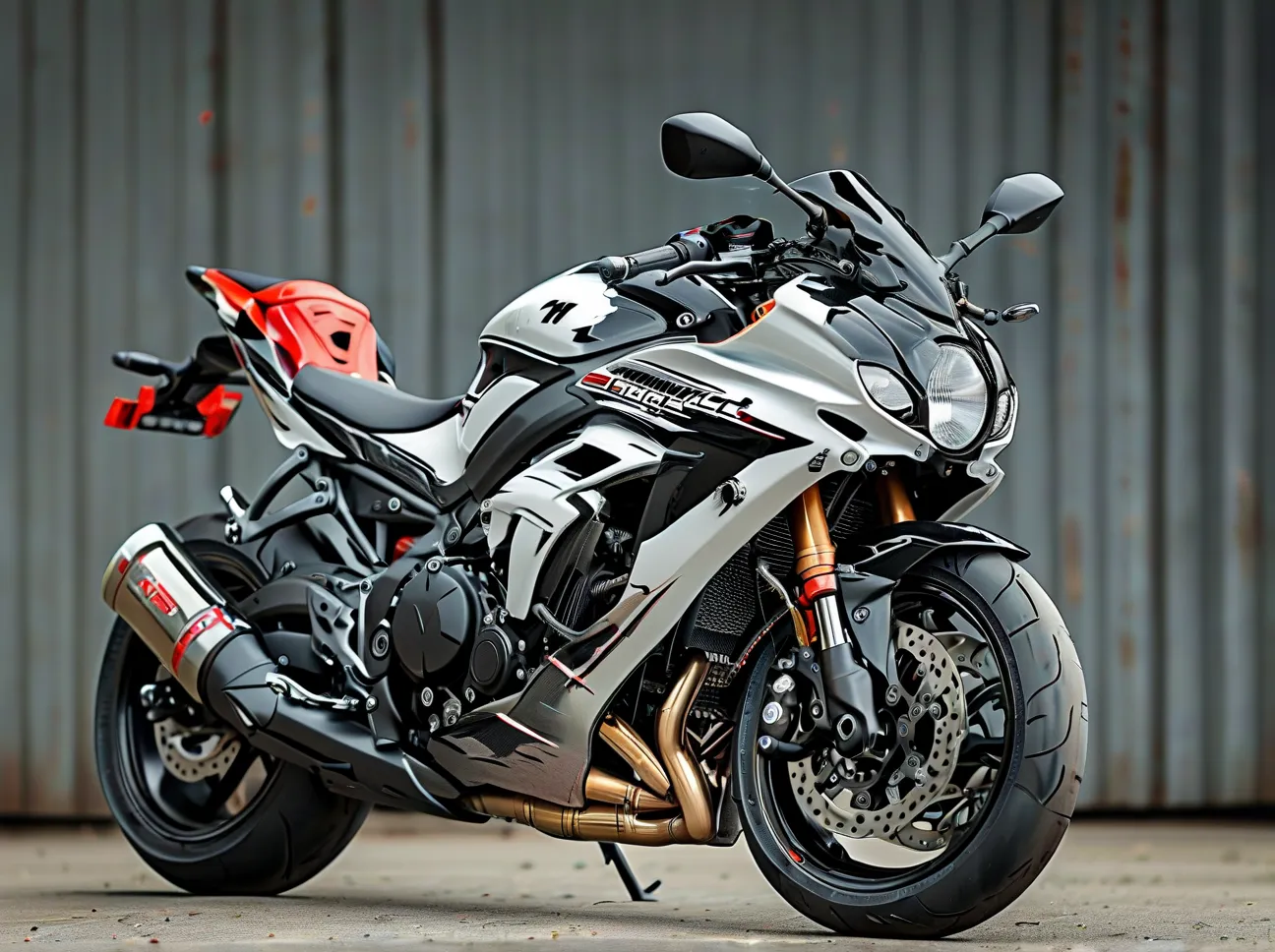The global motorcycle muffler industry is undergoing a transformative phase, driven by rider demands for both performance and compliance with tightening noise regulations. As urban noise pollution standards become stricter and enthusiasts seek enhanced engine efficiency, manufacturers are redefining exhaust system engineering through cutting-edge innovations.
Advanced Materials Reshape Durability and Acoustics
A key trend lies in the adoption of aerospace-grade alloys like titanium aluminide and chromium-nickel steel composites. Brands such as Akrapovič now integrate these materials to achieve 40% weight reduction compared to traditional steel systems while maintaining structural integrity at extreme temperatures. According to a 2023 report by Grand View Research, high-temperature-resistant alloys account for 68% of premium aftermarket muffler sales, directly linking material science to market preference.
Active Noise Cancellation Enters Two-Wheeled Territory
Pioneered by automotive giants, adaptive noise control systems are being miniaturized for motorcycles. Harley-Davidson’s recent patent filings reveal exhaust valves synchronized with onboard microprocessors that adjust backpressure and sound frequencies in real time. This technology enables riders to toggle between track-ready acoustics and neighborhood-friendly quiet modes – a feature highlighted in the Society of Automotive Engineers’ 2024 whitepaper on rider customization trends.
3D-Printed Acoustic Chambers Optimize Sound Waves
Additive manufacturing allows precision engineering of internal baffle structures previously impossible through conventional methods. Yoshimura’s latest GP-Magnum series uses algorithmic modeling to create fractal-like chambers that dissipate specific frequency ranges. Independent dyno tests by Cycle World show these designs reduce dB levels by 12% without compromising horsepower – addressing the perennial trade-off between noise suppression and engine performance.
Catalytic Converter Innovations Meet Euro 5+/EPA Standards
Stricter emissions regulations are accelerating catalytic substrate advancements. Corning’s new Ultra-Thin Wall ceramic matrices (400 cells per square inch) now feature in mufflers from Honda and BMW Motorrad, reducing precious metal usage by 22% while maintaining conversion efficiency. The European Environmental Agency credits these developments with decreasing motorcycle NOx emissions by 18% since 2021 in monitored urban areas.
Market Shift Toward Modular Exhaust Systems
Consumer preferences increasingly favor customizable systems that adapt to multiple use cases. Removable dB killer inserts, quick-swap mid-pipes, and app-controlled valve actuators now dominate the $2.7 billion aftermarket sector (IBISWorld 2024 data). Companies like Two Brothers Racing report 73% of customers prioritize upgradability over static performance metrics when selecting exhausts – a behavioral shift manufacturers are embedding into R&D pipelines.
This convergence of regulatory compliance and performance engineering creates unprecedented opportunities for riders and manufacturers alike. As the industry leans into IoT integration and sustainable materials, the next-generation motorcycle muffler is evolving from a passive component into an intelligent system balancing legal requirements, environmental impact, and visceral riding experiences. Those investing in these innovations now position themselves at the forefront of a market projected to grow at 6.8% CAGR through 2030 (MarketsandMarkets analysis).




Leave a Reply